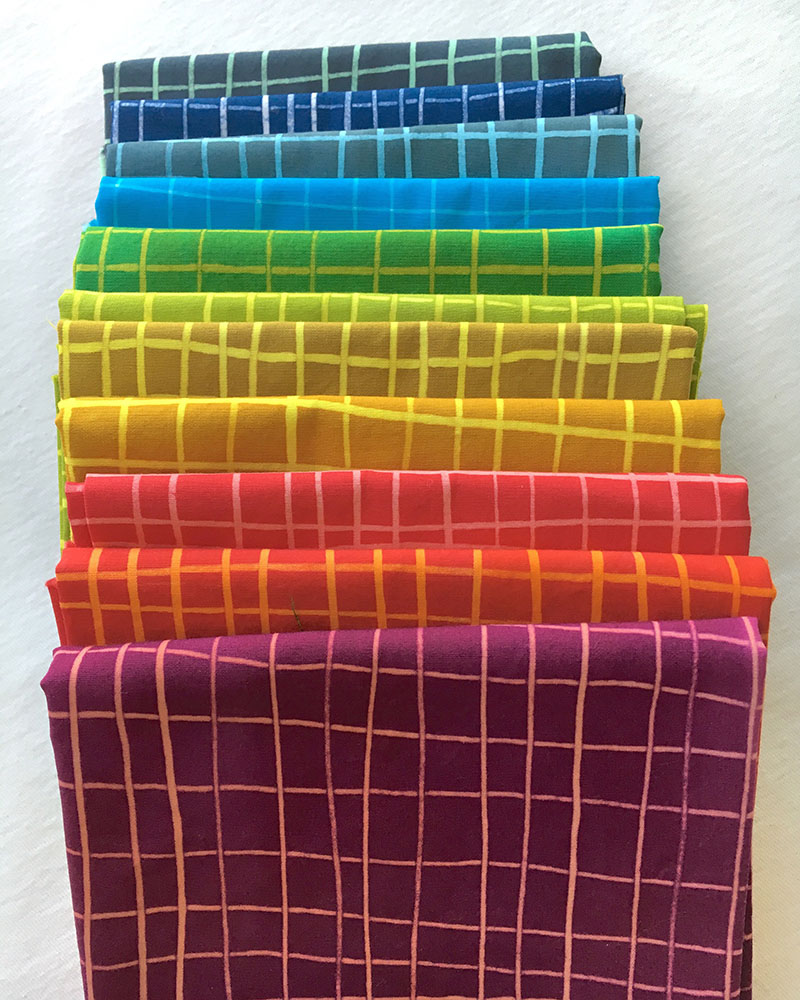I do all my best thinking while driving.
I know I'm supposed to be paying attention to the road, and, based on my driving record, I must be paying some attention, but I do think a lot when I'm behind the wheel.
My Mom used to write birthday poems for each of her grandchildren on their big day and when complimented on an especially well-written bit of verse would respond by saying, " Yeah, I had to take a lot of baths to come up with that." She obviously did all her thinking in the tub.
I'm a shower person, so that leaves the road for thinking.
All this is to say that the other day I was thinking about the fabric I create and marveling at how, despite efforts to make it as uniform as possible, each piece, and I mean each piece, is different from the next.
That's what makes it so great, of course, but I still find it a bit astounding. Every time I draw a line or write "love" the mark looks just a little different.
That realization started me to thinking about whether I wanted to include my hands in the product shots I take. Well, not just the realization, but a general frustration with how difficult taking product shots can be.
Consider this shot:
One of our newest prints, Double Dutch Dots.
You know what's hard? Other than patting your head and rubbing your stomach simultaneously? Keeping wrinkles out of fabric long enough to photograph it. Even the tiniest wrinkles show up. But, if I include a hand in the shot, I can apply a little pressure, smooth the wrinkles, and give the fabric a bit of scale, all at the same time.
It makes sense to include the hands that make the fabric in the product shots of the fabric. Also, an extended arm in combination with the auto-focus feature of my DSLR and a bit of Photoshop magic and the entire process is not only easier, but faster.
My hope is that this simpler, more streamlined, method of documenting the work of my hands will mean that more of it appears here and in my store rather than just at retail shows.
I'd love to hear what you think. Hands up or down?


















































































